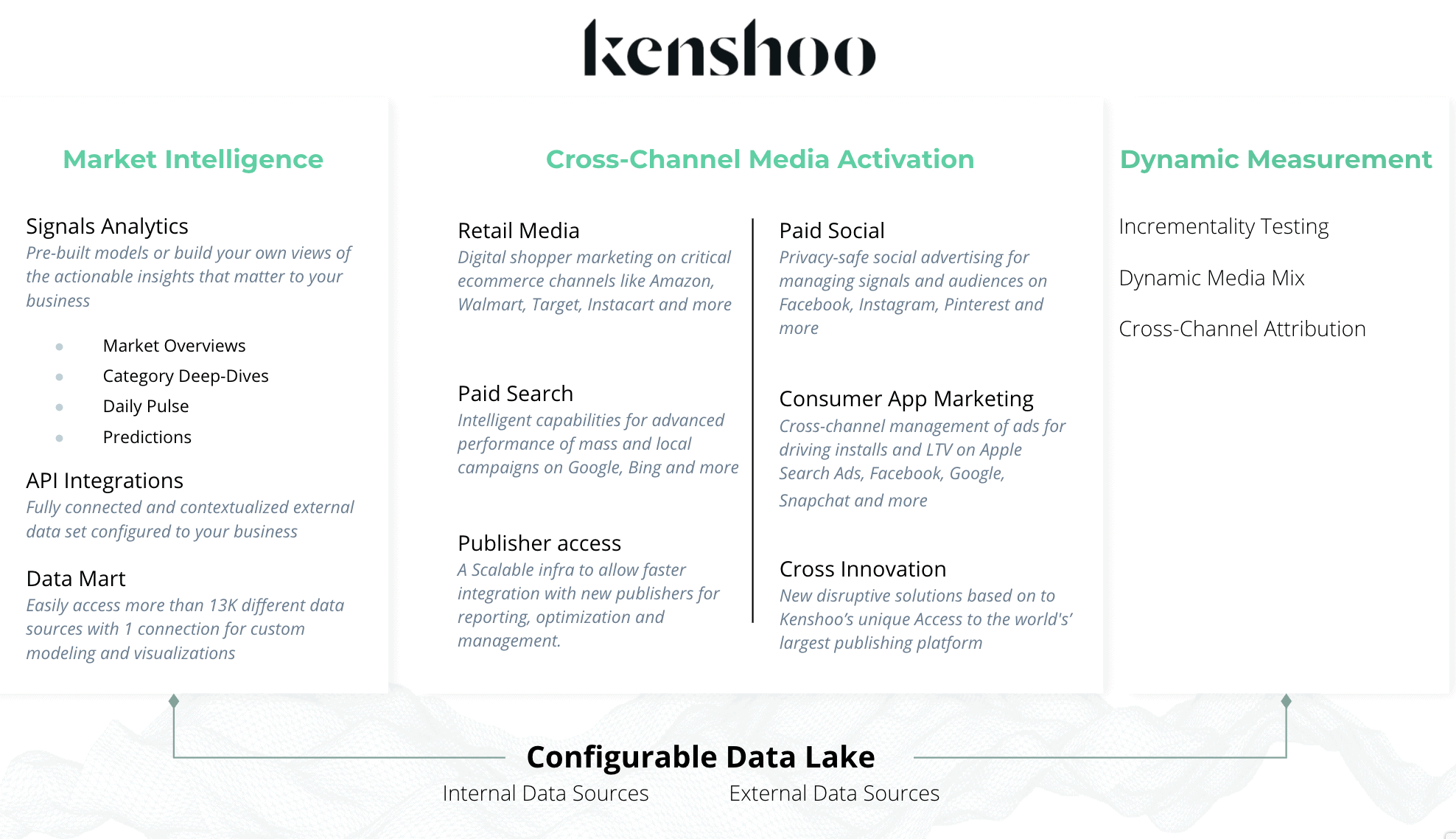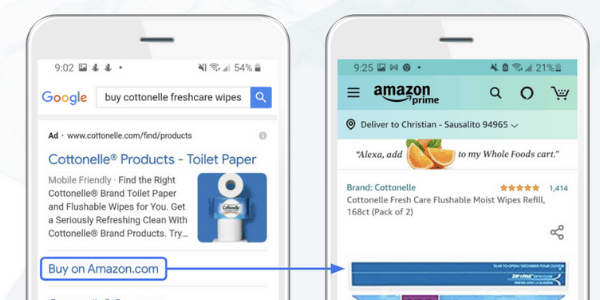WATCH THE WEBINAR RECORDING
With the end of the COVID-19 crisis [hopefully] in sight, it’s time for marketers to look ahead and plan for the future. Certainly, the pandemic has changed consumer behavior, but which of those behaviors will persist beyond the crisis?
According to research by Forrester, after the pandemic:
- 50% of consumers say that they will avoid crowds more
- 43% plan to spend less time in physical stores
- 45% report that they will spend more time at home
Consumers aren’t the only ones changing. Marketers have pulled back or deferred spending, changed channel budget allocation strategies, and are quickly adapting to market fluctuations.
All of these changes signal a critical time for most brands and marketers to reassess their approaches in order to better align to what is fast becoming the new normal.
Reinventing your marketing foundation
Hosted by Forrester VP & Principal Analyst, Shar Vanboskirk, and Skai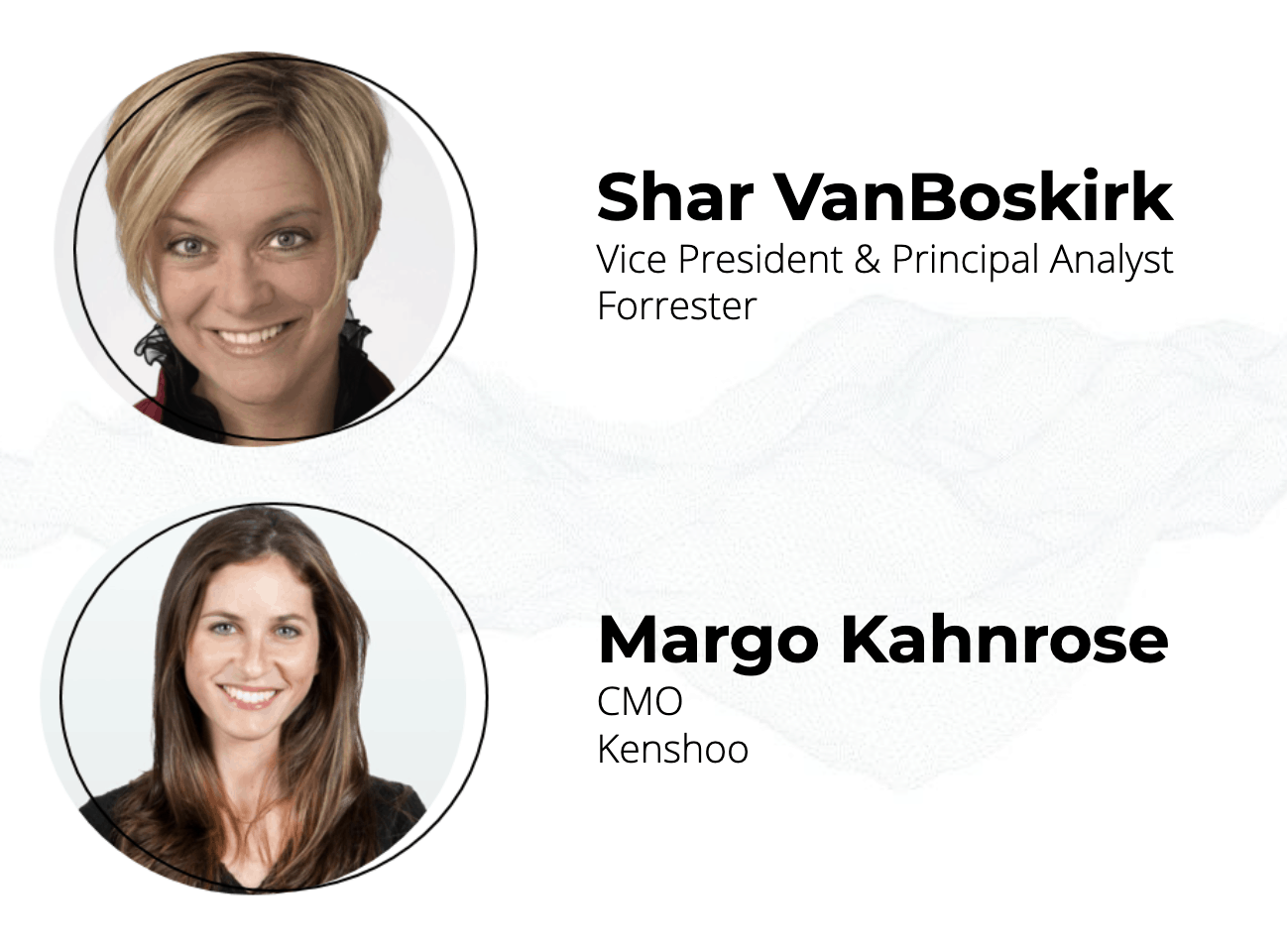
After presenting research about how consumer and marketer behavior has changed, Vanboskirk shared a model for marketers on how to transform. Forrester’s Future Fit framework is a “formula for what characteristics your business needs in order to thrive” in a post-pandemic world.
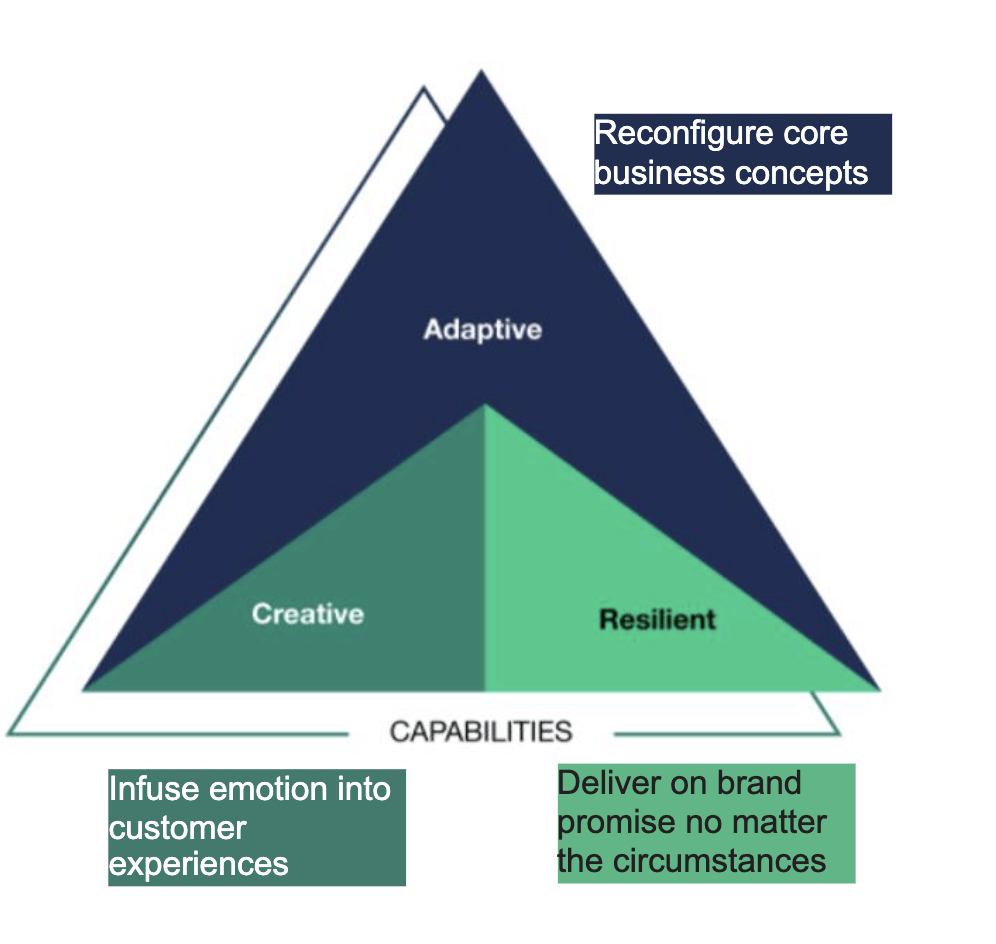
Adaptive. The ability to reconfigure your core business concepts to accommodate a different set of circumstances and using existing capabilities in new ways. It might be out-of-the-box ideas such as to lower the scope (and thus production costs) of creative assets or even innovating around product, price, and promotion. One brand example shared was that of a mattress who has started producing seat cushions to service the sizable, at-home workforce.
Creative. This isn’t the same as marketing creative, but rather creatively infusing emotion into the customer experience. For example, right now it’s important for brands and marketers to better understand the financial and health situation of a household in a pandemic to drive empathy. Goodyear was presented as an example of a brand that now offers a “we come to you” service as a way to help consumers avoid exposure to other people versus the traditional visit and wait at a tire shop.
Resilient. Delivering on your brand promise no matter the circumstances. This is best accomplished with an agile foundation of your marketing processes in order to accommodate changing circumstances. The pandemic is a severe example of how things can change quickly, but this is probably not going to be the only curveball that business will have to face. Having a flexible foundation will ensure that your company can make it through all bumps in the road.
Vanboskirk offered various key factors companies should consider to become more agile, so that they can succeed in the new normal post-pandemic, but also for what is lining up to be an incredibly competitive market. One of those recommendations is for brands to embrace diversity of thinking to help them innovate and find new ideas.
Marketers: 2021 is the year for transformation
While Vanboskirk addressed the evolving market and how businesses should adapt, Kahnrose’s presentation was focused on how marketers need to realign to the future of business. The pandemic has been incredibly disruptive for all sectors, not just the advertising industry, but there is a “perfect storm” of big issues facing marketers this year. On top of COVID-19, the meteoric rise of ecommerce, the increased limitations on data tracking, an intense socio-political charged environment, and other forces at work are shaping up 2021 to be a year for marketers to rethink everything.
Kahnrose explained that Skai’s successful pivots during our 15+ years as a leader in marketing technology demonstrates how we have innovated throughout our history, delivering the technology foundation marketers needed at each era of digital advertising. Part of our job is to look ahead and see what’s coming in order to build the feature set that our clients will need in the future.
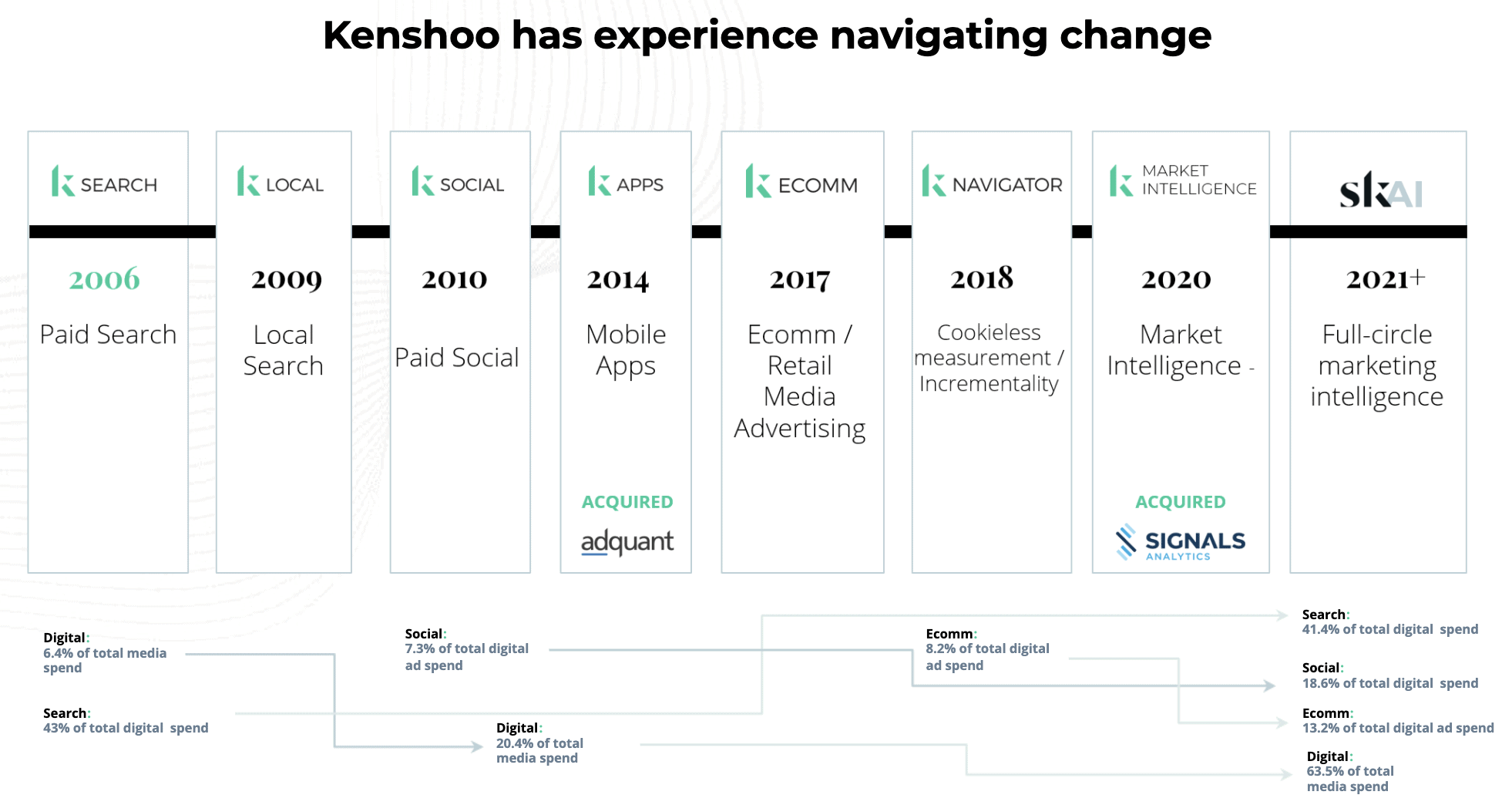
Based on our vision of what we think is coming next, last year, we acquired an AI-driven market intelligence platform, Signals Analytics, to meet the emerging needs of CMOs to not just execute media plans flawlessly, but to up-level their value to their organizations and help drive go-to-market strategies beyond traditional marketing channels.
Where marketers need to refocus priorities
Kahnrose offered several areas where CMOs should focus their efforts in order to be able to realign their approaches to the “new normal”.
Focus Area #1 – Building the opt-in list
With new limitations on user tracking and targeting, brands must build solid first-party relationships with customers so they can serve highly relevant, personal advertising in the future. Brands without direct access with consumers are going to be left behind by savvy competitors that have put in the hard work and time it takes to build an opt-in list at scale.
But to gain the opt-in, you have to earn it! You must provide value in the exchange—the marketing touchpoint—in order to earn permission. This means being more engaging, more entertaining and part of the culture with creativity in how you blur the lines between paid, owned and earned media in order to create buzz and drive sales
Focus Area #2 – Connecting with consumers via purpose
And another way to make deeper, welcomed customer connections is to supersede the transactional and connect purpose to the product, which more and more customers seem to want from brands. To be successful, brands need to understand consumer sentiment and how they think and feel about their brand. Many of this information is outside the walls of most companies, so they have to look to external data sources in order to gain this understanding.

Focus Area #3 – Reaching consumers correctly requires data
To build a meaningful, fruitful relationship with the fully connected customer requires marketing that is fully informed, high momentum, and most importantly—sticks the landing in a minefield socio-political-economic landscape.
To do this, Kahnrose says you need to make sure you have three core aspects to your go-to-market function:
Connected data. Not only marketing analytics or other internal sources, but also comprehensive, relevant external sources you may not be used to leveraging frequently. This has to also include AI-assisted technology such as advanced natural language processing and unstructured data handling in order to extract the most value our of these signals—it’s not a “nice to have”, it’s an absolute requirement in order benefit at all from connected data.
Connected commerce. A comprehensive approach to all shoppable media and channels, across publishers. Consumers can now discover and buy things from wherever they are, which means not just ecommerce websites but also on search engines and within social media apps. To maximize sales, you must maximize all of the key channels where sales can occur.
Connected measurement. An approach to understanding the performance of your various ad channels that’s connected to their day-to-day activity, and marries what you still know about your customers in a post-cookie world with the gaps filled in where you don’t. Without connected measurement in place, marketers won’t know what’s working and what’s not and be unable to take implement data-driven optimization to improve ad performance.
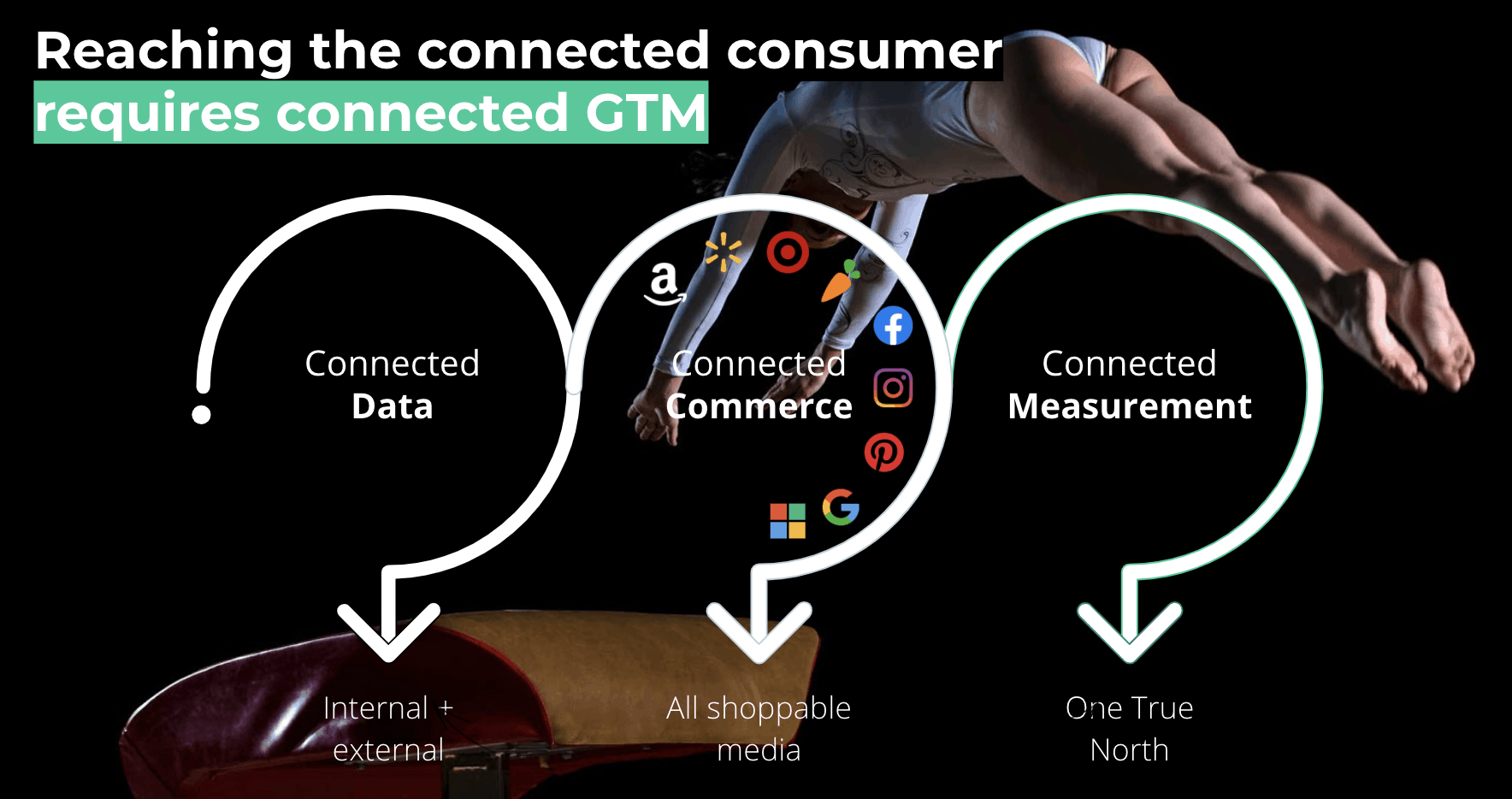
For more information, watch the AdWeek webinar
Prioritizing media and promotions won’t be enough to succeed in 2021 since the pandemic has introduced new customer priorities and market dynamics. To win, serve and retain customers in the new normal, marketers must reinvent their companies’ strategies.
Are you equipped with the right tech stack, data access, data intelligence and business skills to be able to reinvent your business for the future?
Learn more about how to realign your priorities around the new, connected consumer with Skai as the foundation for your future proofed marketing practice.
